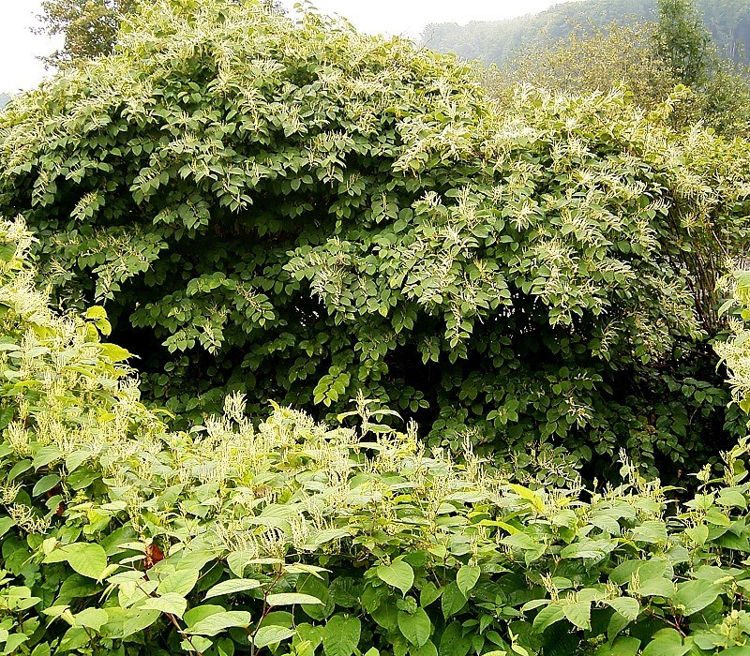With weedkillers more advanced than we’ve ever had and significant technological progress, it seems unlikely that any plant could cause major socioeconomic problems, at least in developed countries. That’s what makes the Japanese Knotweed so fascinating. Despite humanity’s best efforts to eradicate or at least control this resilient invasive plant, it continues to spread across Europe and North America, causing some serious damage.
When renowned Bavarian plant importer Phillip von Siebold brought a Japanese knotweed plant to the Utrecht plant fair in the Netherlands in the 1840s, no one imagined it would end up becoming a global threat. It was prized for its beautiful flowers and advertised as an ornament, medicine, wind shelter, soil retainer, dune stabilizer, cattle feed, and insect pollinator. Despite records of gardeners expressing their concerns about the plant’s invasiveness, it was sold across Europe for almost a century, and by the time everyone realized the monster we had released, it was too late to do anything about it.
The manner in which Japanese knotweed virtually took over most of the United Kingdom is a testament to its invasive potential. Von Siebold sent a single plant to Kew Gardens in London in 1850, and it was the descendants of that one plant that managed to colonize most of the British Isles. In 2000, tho biologists analyzed 150 samples from across the U.K. and concluded that they were all clones of the same plant Von Siebold sent over a century ago. The DNA was identical, which technically meant that the UK had been conquered not by a species, but by a single plant.







